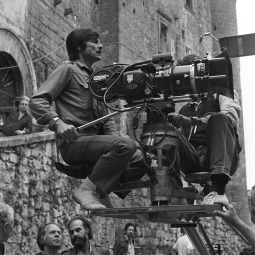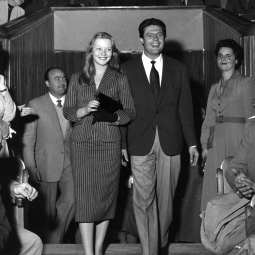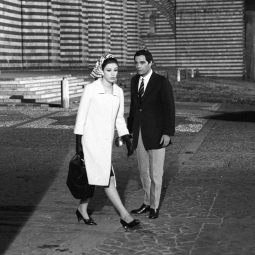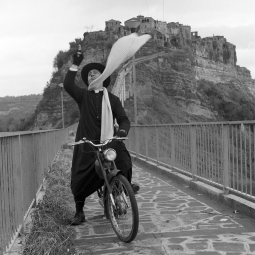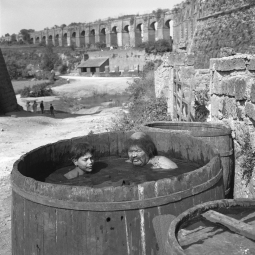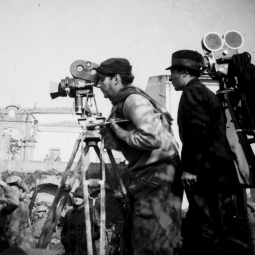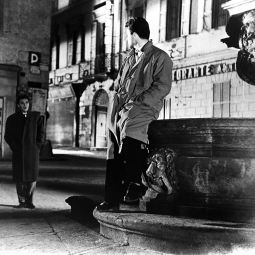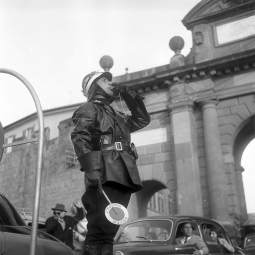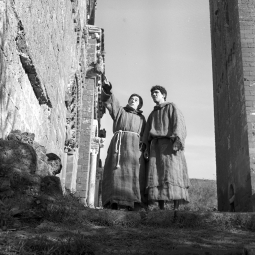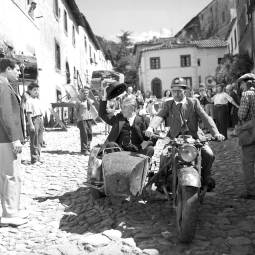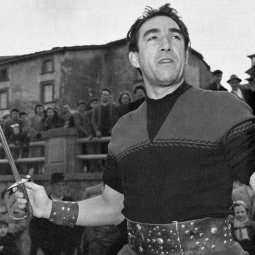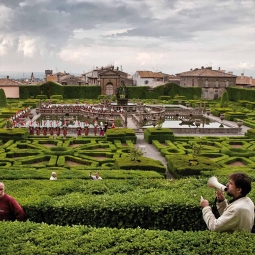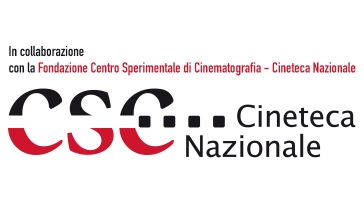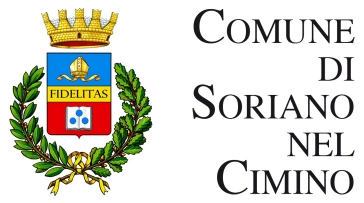A village of great charm, San Martino al Cimino owes its current urban layout to Donna Olimpia Pamphilij Maidalchini, sister-in-law of Pope Innocent X. She entrusted the project of the new arrangement, distributed in a semi-elliptical shape, to Marcantonio de Rossi and to other great names of the time, including Bernini and Borromini.
Today, only the apse and the transept of the church, part of the cloister, the chapter house and the scriptorium of the ancient Cistercian abbey overlooking San Martino al Cimino, built during the first half of the 13th century, are still visitable. The beautiful facade is flanked by two tall seventeenth-century bell towers, decorated with a clock and a sundial. Above the arched portal, a large window consisting of two large single lancet windows and an eight-petalled rose window give light to the interior.
Although built in later times, the interior with three naves is similar to the architectural layout of the church of San Pietro in Tuscania, a wonderful example of Romanesque art. Although the facade of the basilica in Tuscania, with three portals and a large rose window, attracted numerous filmmakers over time, Monicelli chose to shoot indoors here, using the crypt as a filming set: divided into nine naves, marked by slender columns which in turn support small cross vaults, the crypt is a truly fascinating place.
Another example of architectural excellence is Nepi’s aqueduct which dominates the panorama around the great Farnese walls of the town. Its structure, 285 meters long and developed on two orders of arches, recalls the ancient Roman aqueducts; however, Nepis’ aqueduct was built between the 16th and the 18th century. Opposite the aqueduct, there is the imposing Rocca dei Borgia, the most significant monument in town which is absolutely worth a visit.
The same can be said for Vitorchiano, featured in a famous sequence of L'armata Brancaleone. Included in the official list of "the most beautiful villages in Italy", Vitorchiano is also known as “the suspended village” due to the shape of the tuffaceous rock on which it was built. Besides exploring its historic center, full of ancient palaces and beautiful churches (among which, the churches of Sant'Amanzio and Santa Maria Assunta), it is worth walking up to the belvedere, located along the Teverina road, to admire the only Moai outside of Easter Island.
Fun fact
Among the many natural sets in Tuscia selected by Mario Monicelli for his films, the most unusual one is undoubtedly Strada Signorino (Viterbo). As the director himself recalled, some sequences of L’armata Brancaleone (1966, starring Vittorio Gassman and Catherine Spaak) and of Lovers and Liars (1978, starring Giancarlo Giannini and Goldie Hawn) were filmed along this road of Etruscan origin, also known as Cava di Sant’Antonio, «close to what the locals used to call “l’ammazzatora” and in the fissures in the rock of the nearby road, which looks like a canyon».
Written by Franco Grattarola






